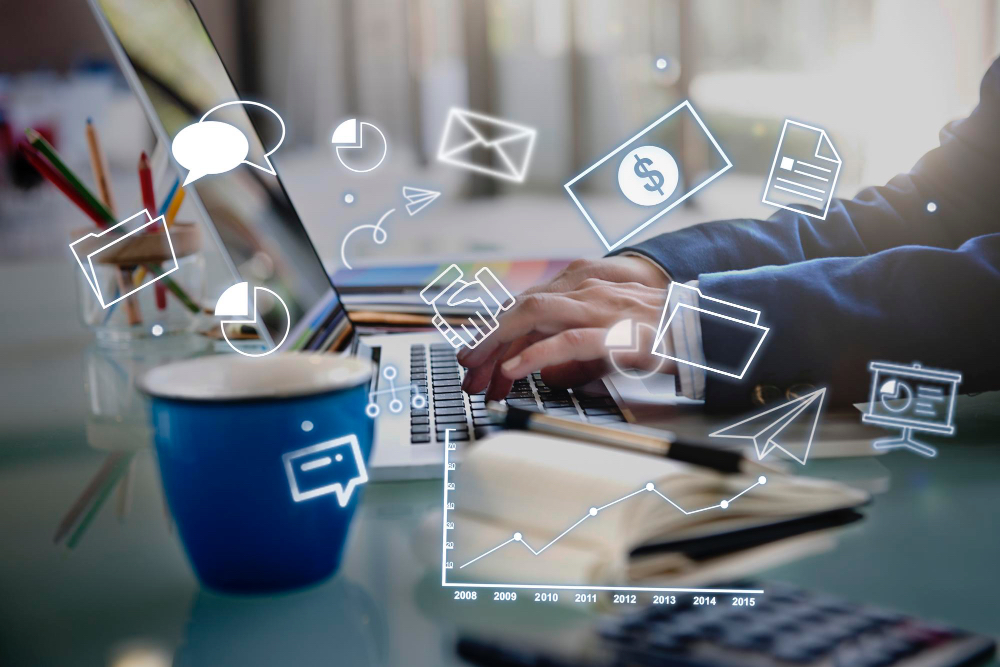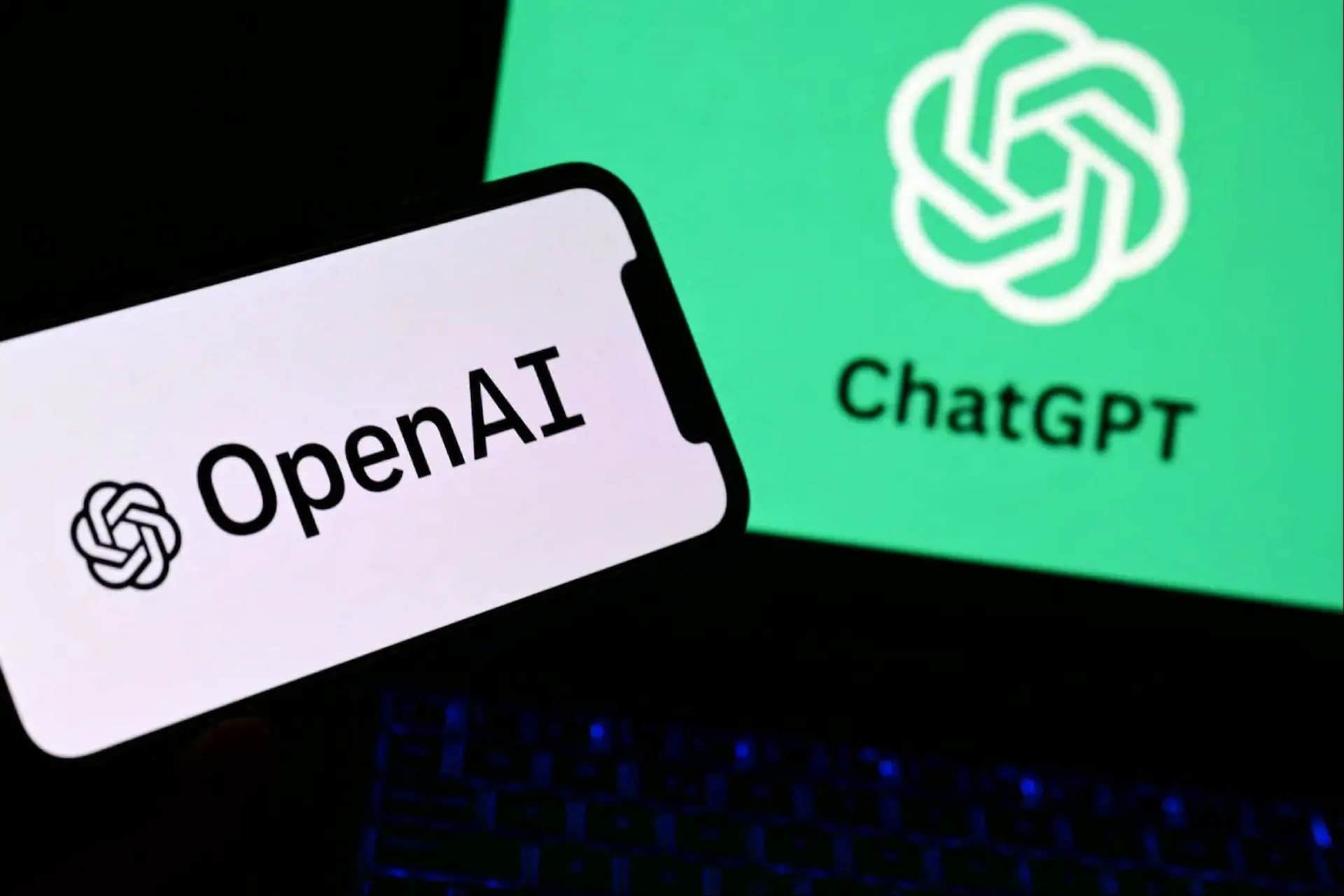France’s national postal service, La Poste, suffered a cyber incident days before Christmas that disrupted websites, mobile applications and parts of its delivery network.
The organisation confirmed a distributed denial of service attack temporarily knocked key digital systems offline, slowing parcel distribution during the busiest period of the year.
A disruption that also affected La Banque Postale, with customers reporting limited access to online banking and mobile services. Card payments in stores, ATM withdrawals, and authenticated online payments continued to function, easing concerns over wider financial instability.
La Poste stated there was no evidence of customer data exposure, although several post offices in France operated at reduced capacity. Staff were deployed to restore services while maintaining in-person banking and postal transactions where possible.
The incident added to growing anxiety over digital resilience in critical public services, particularly following a separate data breach disclosed at France’s Interior Ministry last week. Authorities have yet to identify those responsible for the attack on La Poste.
Would you like to learn more about AI, tech and digital diplomacy? If so, ask our Diplo chatbot!









